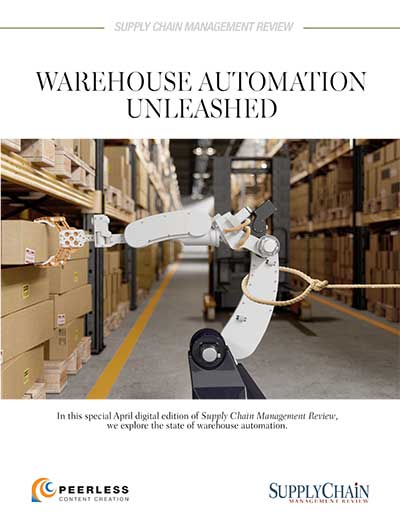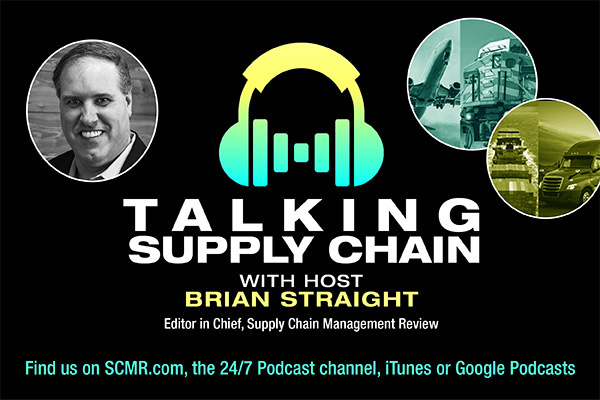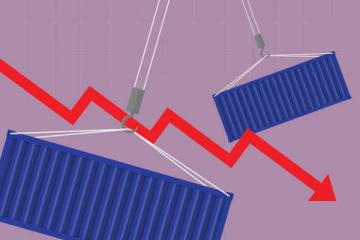Derik Andreoli, principal at Mercator International, notes that Goldman Sachs forecasts that oil prices could rise to $150 per barrel in 2022 under a full economic reopening scenario. By contrast, Deutsche Bank forecasts that prices will average just $60 per barrel.
“This is quite the difference, and one which reflects much uncertainty about both global oil demand, which is a function of economic activity, and supply, which is increasingly subject to non-market forces and may not be as price elastic today as it has been over the last half decade,” he says.
The US Energy Information Administration (EIA) forecasts that after six consecutive quarters of global oil demand exceeding supply, supply and demand will come into balance in the first quarter of 2022, and that supply will rise slightly above demand and remain there for the remainder of the year. With this outlook, the EIA sees oil prices falling to $60 per barrel by the end of the year. That said, the EIA’s 95% confidence band extends from $35 per barrel to $140 per barrel.
“This wide range of price forecasts reflects unprecedented circumstances brought about not only by the SARS-CoV-2 virus and its many and growing number of variants, but also the various governmental, cultural, and personal responses. These responses have had profound impacts on the U.S. and global economy,” says Andreoli.
He further notes that rior to the pandemic, personal consumption of goods had been slowly and steadily decreasing as a share of total personal consumption expenditures, but the pandemic caused the goods share to jump to 36% as people cut down significantly on entertainment, travel, and dining out.
“This is an unprecedented jump, and it is especially problematic when we consider that total personal consumption expenditures had returned to the pre-pandemic trend by June 2021, and they have since grown to 1.5% above the pre-pandemic trend,” he says. “Hence, goods consumption is up around 20% above what would have been reached had the pandemic not struck.
This shift to goods consumption has wreaked havoc on supply chains and contributed to goods price inflation. Had there been no pandemic, we would have expected to see CPI grow by about 3.6% between December 2019 and today, but the substitution of goods for services helped drive up CPI by nearly double that figure (7.0% overall).
There is disagreement, of course, about how much of this increase is due to fiscal stimulus, and how much is due to supply chain challenges and surging demand, and this confusion is confounded by the unprecedented, nearly four-fold increase in money supply (M1) between January 2020 and April 2021 that has been offset by an 80% decline in the velocity of money (inflation results from a combination of money supply and velocity).
“This is not the only unusual set of macroeconomic variables. Total non-farm employment remains more than 4 million below the pre-pandemic high and nearly 8 million below what it would have been had it followed the pre-pandemic trend,” says Andreoli. “One would think there would not be wage inflation under such a circumstance, but the employment cost index has increased at a rate that is 40% higher than would have been expected had the coronavirus not jumped to humans.”
Clearly, there is more supporting inflation than just high demand, and inflation has certainly extended to oil and fuel prices. Inflation seems unlikely to ease, not even under a situation in which the economy remains partially open as waves of new variants are discovered.
“And unfortunately, this might be the best outcome from an oil price perspective because Goldman Sachs is right,” says Andreoli. “If the economy fully reopens, employers will face rapid wage rate inflation, the velocity of money would increase and this would cause, at best, persistently high inflation, but at worst runaway inflation that would require significant monetary policy intervention.”
Andreoli concludes that the best thing that could happen at this point is for the economic reopening to occur slowly and smoothly, as this appears to be the only way to avoid a significant run-up in the price of oil and all other commodities.
SC
MR


More Finance
- Investor expectations influencing supply chain decision-making
- ISM reports manufacturing sees growth in March, snaps 16-month stretch of contraction
- Supply Chains Facing New Pressures as Companies Seek Cost Savings
- February retail sales see annual and sequential gains, reports Commerce and NRF
- A New Model for Retailer-Supplier Collaboration
- How to Create Real Retailer-Brand Loyalty
- More Finance
Latest Resources

 Explore
Explore
Business Management News
- Survey reveals strategies for addressing supply chain, logistics labor shortages
- How CPG brands can deliver on supplier diversity promises
- How S&OP provides the answer to in-demand products
- AI, virtual reality is bringing experiential learning into the modern age
- Tips for CIOs to overcome technology talent acquisition troubles
- There is still work to do to achieve supply chain stability
- More Business Management
Latest Business Management Resources

Subscribe

Supply Chain Management Review delivers the best industry content.

Editors’ Picks





